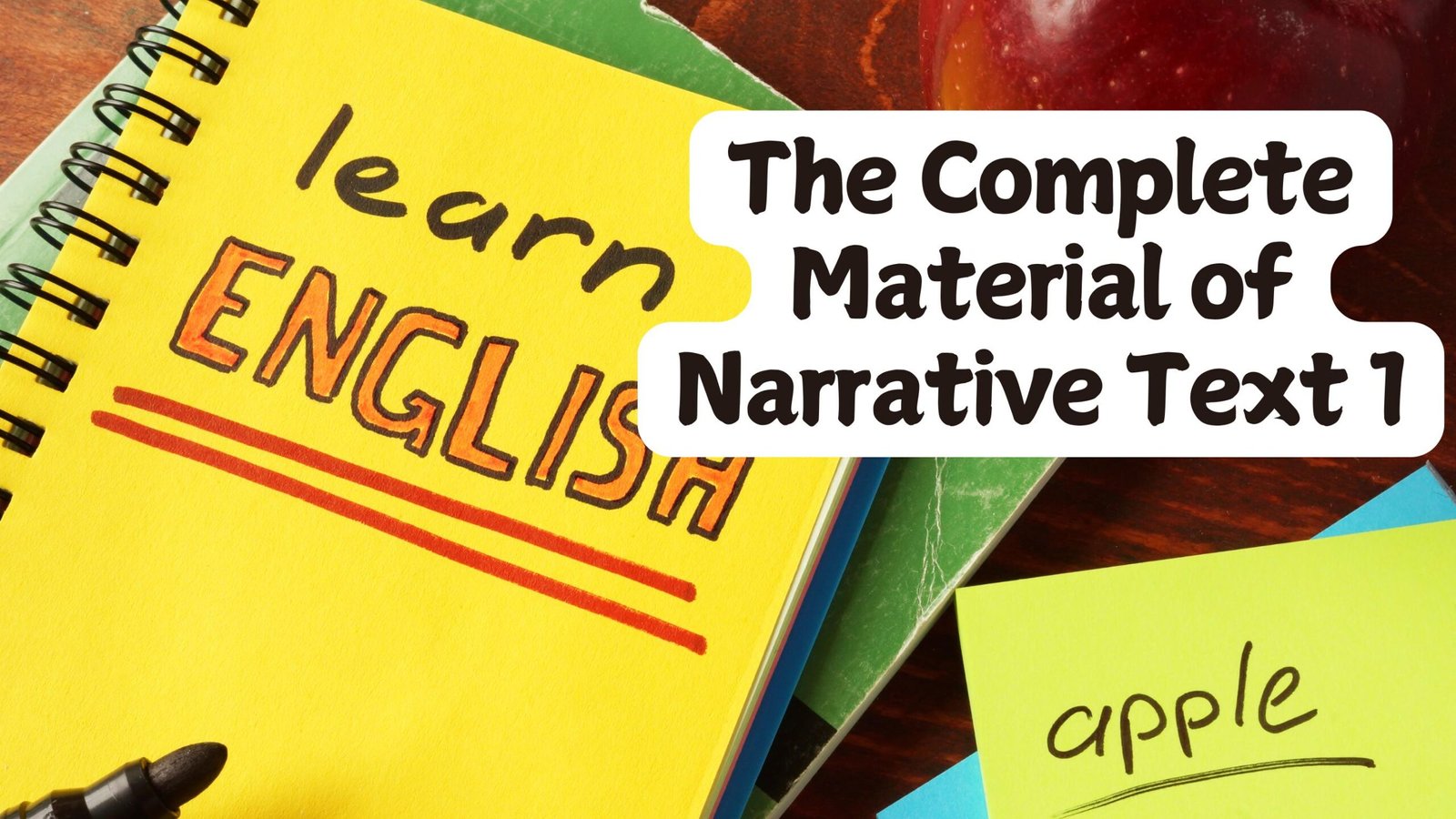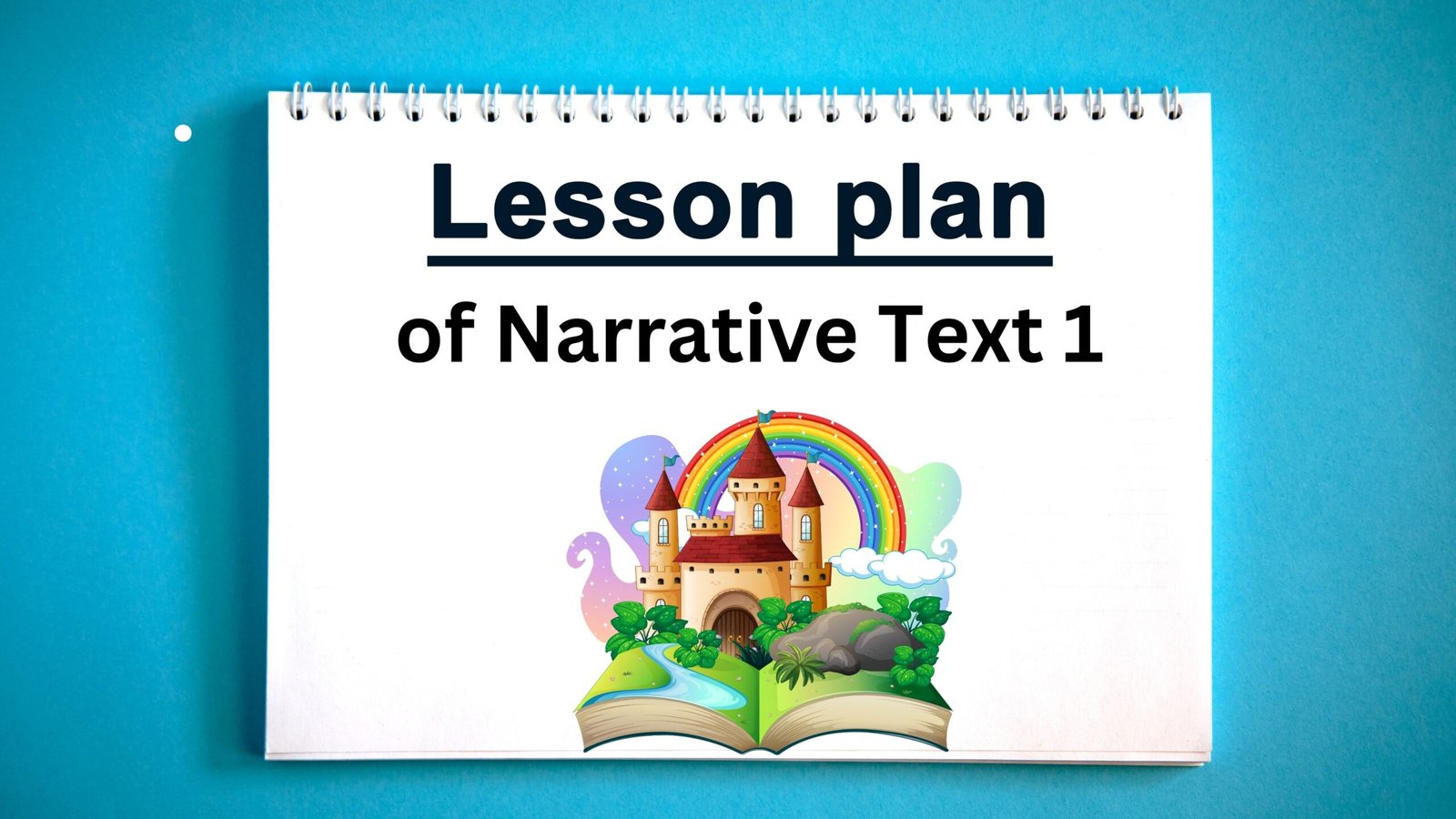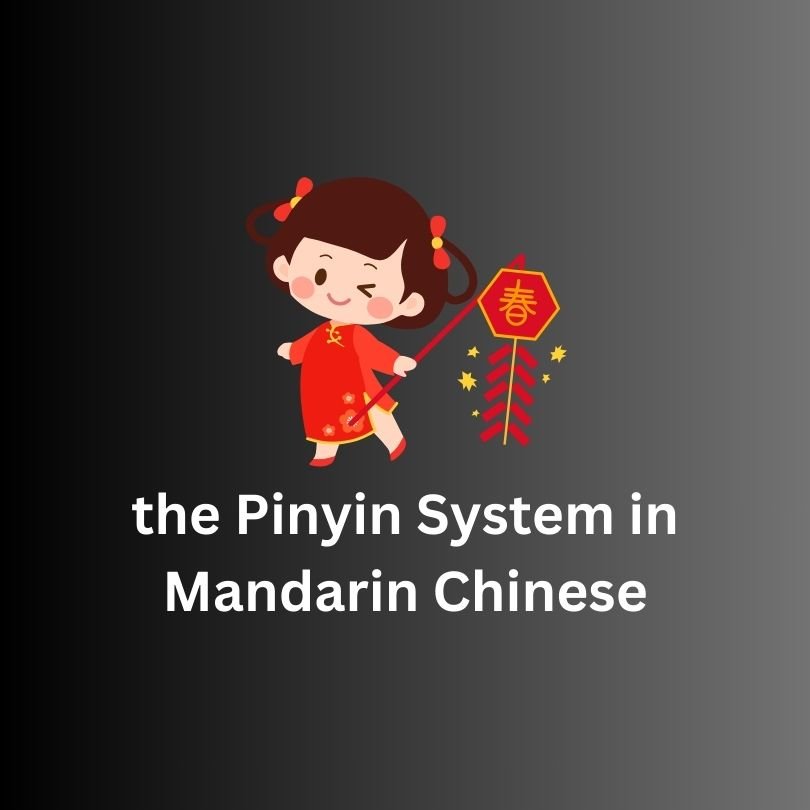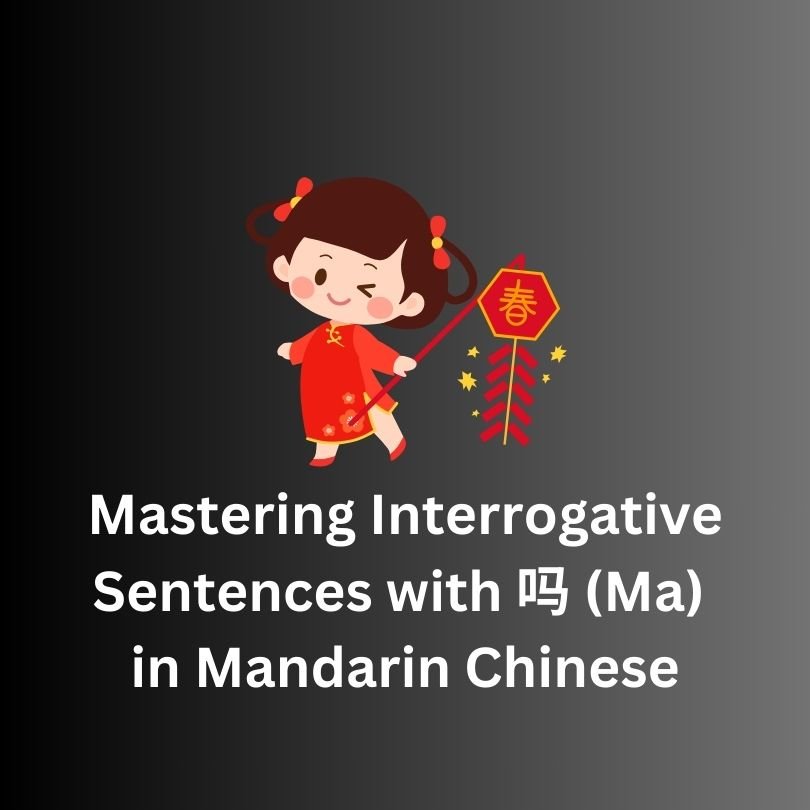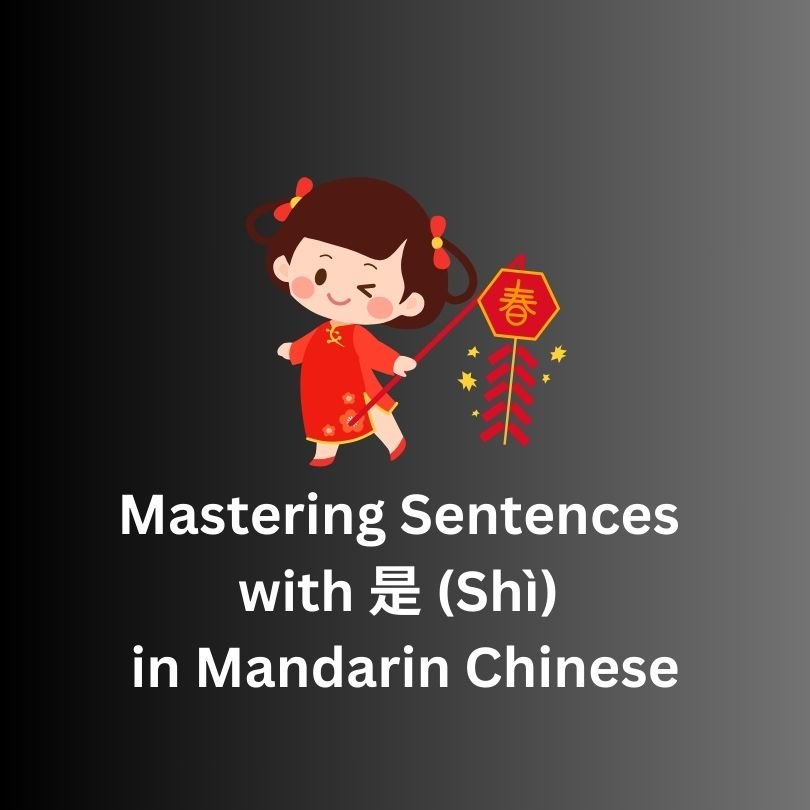Descriptive Text
Descriptive Text A descriptive text is a type of text that describes a person, place, object, or event in detail. It provides vivid imagery to help the reader visualize and […]

Descriptive Text
A descriptive text is a type of text that describes a person, place, object, or event in detail. It provides vivid imagery to help the reader visualize and understand the subject being described.
Social Function
The social function of a descriptive text is to provide detailed information about a subject to create a clear picture in the reader’s mind. It helps engage the senses and emotions of the audience.
Generic Structure
A well-written descriptive text typically follows this structure:
1. Identification: This part introduces the subject that will be described.
Example: “Bali is a beautiful island in Indonesia, known for its stunning beaches and rich culture.”
2. Description: This section provides detailed characteristics of the subject, including appearance, qualities, and other specific features.
Example: “The island has golden sandy beaches, lush green forests, and a vibrant nightlife. Tourists can explore ancient temples, enjoy traditional Balinese dances, and taste delicious local cuisine.”
Types
There are several types of descriptive texts, including:
- Describing People – Example: A character description.
- Describing Places – Example: A tourist destination, a hometown, or a favorite spot.
- Describing Objects – Example: A favorite book, a historical artifact, or a gadget.
- Describing Events – Example: A festival, a wedding ceremony, or a school event.
Language Features
Descriptive texts use specific language features, such as:
1. Adjectives: beautiful, enormous, ancient
Examples:
-The beautiful sunset painted the sky with golden hues.
-The enormous elephant walked gracefully through the jungle.
-The ancient temple stood proudly amid the lush greenery.
2. Adverbs: gracefully, softly, vividly
Examples:
-She danced gracefully across the stage.
-The wind blew softly through the trees.
-The artist painted vividly, bringing the scene to life.
3. Present tense
Examples:
-The house is big and beautiful.
-The sun rises in the east and sets in the west.
-Many tourists visit Raja Ampat every year to enjoy its beauty.
-The ocean contains thousands of marine species.
-Visitors explore the islands to witness their natural beauty.
4. Figurative language (e.g., similes and metaphors)
Simile, a figure of speech that compares two different things using the words “like” or “as”
Examples:
-The lake is as clear as crystal.
-The waves crashed like roaring thunder against the rocky shore.
Metaphor, a direct comparison between two unrelated things, saying that one thing is another without using “like” or “as”.
Examples:
-The coral reef is a vibrant underwater city, bustling with life.
-The underwater world of Raja Ampat is a paradise for divers and snorkelers.
5. Sensory details (e.g., describing how something looks, smells, feels, sounds, or tastes)
Examples:
Looks: The turquoise water sparkles under the bright sunlight.
Smells: The salty sea breeze fills the air with a refreshing scent.
Feels: The soft, warm sand gently tickles my feet as I walk along the shore.
Sounds: The waves crash against the rocks with a soothing rhythm.
Tastes: The fresh coconut water is sweet and cool, perfect for a hot day.
Example
Raja Ampat
Raja Ampat is one of Indonesia’s most beautiful and famous tourist destinations. Located in West Papua, this archipelago is known for its breathtaking marine biodiversity, crystal-clear waters, and stunning limestone islands.
The region consists of over 1,500 small islands, cays, and shoals. The underwater world of Raja Ampat is a paradise for divers and snorkelers, offering colorful coral reefs, diverse marine life, and rare species such as the walking shark. Above the surface, visitors can enjoy the scenic view of towering limestone cliffs, hidden lagoons, and lush tropical forests. The region is also home to various exotic bird species, such as the famous Cendrawasih, or bird of paradise, which can be found in the forests of Waigeo Island.
Apart from its natural beauty, Raja Ampat is rich in cultural heritage. The indigenous Papuan tribes have preserved their traditions for centuries, performing unique dances, crafting handmade wooden sculptures, and passing down oral stories about their ancestors. Visitors who come to Raja Ampat can engage in cultural experiences, such as watching traditional performances or tasting local cuisine made from freshly caught seafood.
Tourism in Raja Ampat is largely focused on eco-tourism, with conservation efforts playing a vital role in maintaining the region’s pristine environment. Many organizations work together to protect the coral reefs and marine life, ensuring that future generations can also enjoy the natural wonders of Raja Ampat. Tourists are encouraged to follow sustainable travel practices, such as avoiding plastic waste and respecting the local customs.
The best time to visit Raja Ampat is during the dry season, from October to April, when the sea is calm and visibility is excellent for underwater exploration. Many travelers describe Raja Ampat as a hidden gem, offering a perfect blend of adventure, natural beauty, and cultural richness.
Exercise
Test your understanding of the text above by answering the following questions.


